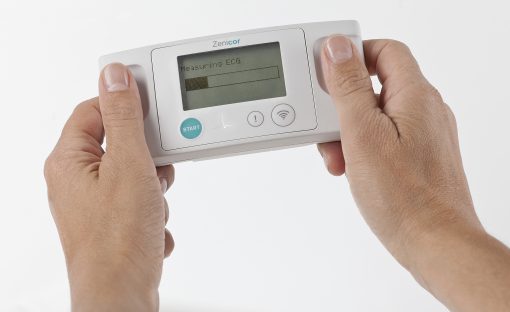NICE Diagnostics guidance: Lead-I ECG devices for detecting symptomatic atrial fibrillation using single time point testing in primary care. online 8.5.2019
Das National Institute for Health and Care Excellence (NICE) in Großbritannien ist eines der Vorbilder des deutschen IQWIG (Institut für Qualität und Wirtschaftlichkeit im Gesundheitswesen),
Online: www.nice.org.uk/guidance/dg35 oder Download als PDF (169 kb)
Recommendations
1.1 There is not enough evidence to recommend the routine adoption of lead-I electrocardiogram (ECG) devices (imPulse, Kardia Mobile, MyDiagnostick and Zenicor-ECG) to detect atrial fibrillation when used for single time point testing in primary care for people with signs or symptoms of the condition and an irregular pulse. Further research is recommended to show how using lead-I ECG devices in this way affects:
the number of people with atrial fibrillation detected, compared with current practice (see section 6.1) and
primary and secondary care services, particularly how ECGs generated by the devices would be interpreted in practice, including staff time needed to interpret the ECG traces and associated costs (see section 6.2).
1.2 Centres currently using these devices for this indication are encouraged to take part in research and data collection (see sections 6.1 and 6.2).
